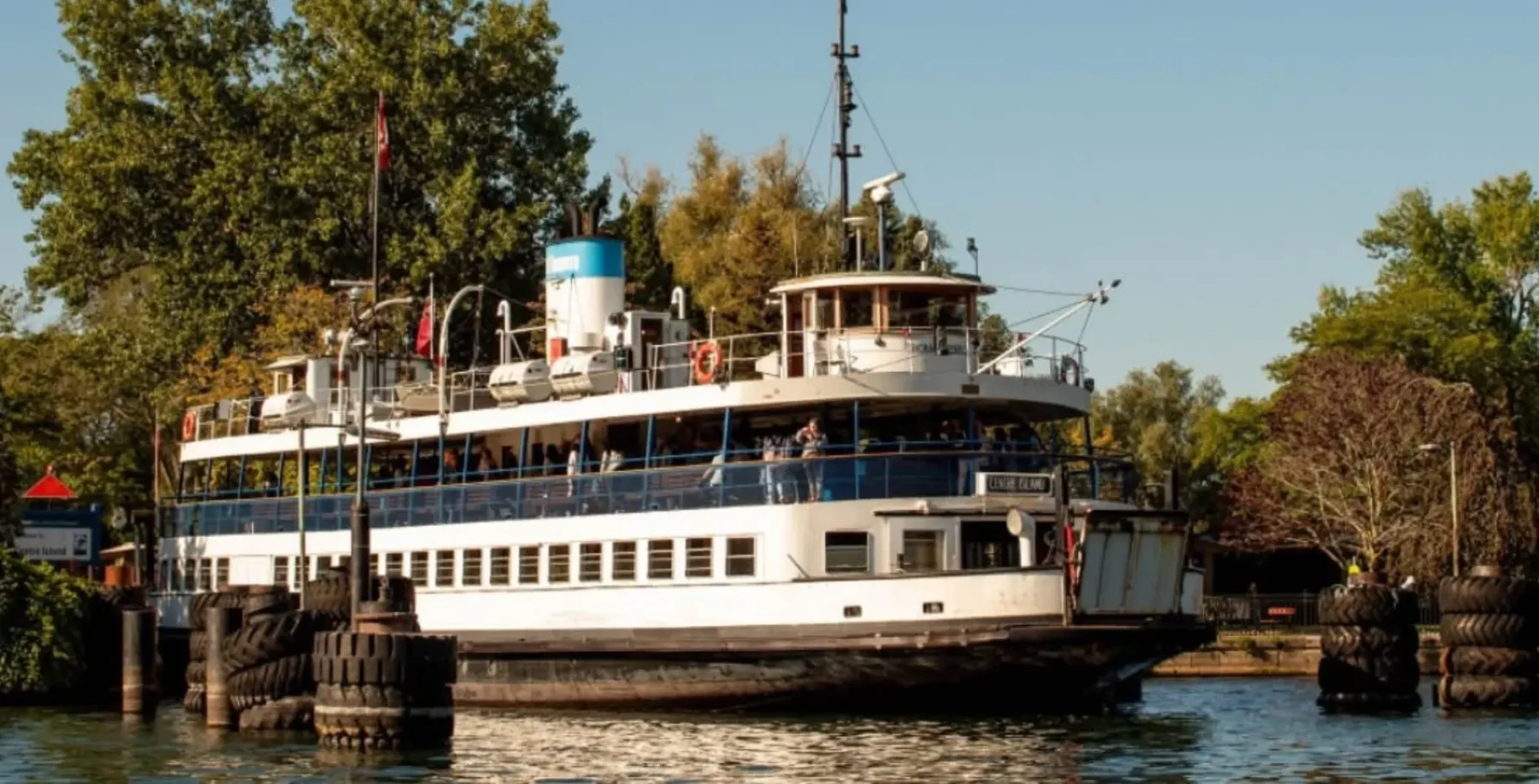
Rating: NNNNN
The invasion of Iraq has set off what could be the largest oil boom in history. All the signs are there: multinationals free to gobble up national firms at will, ship unlimited profits home, enjoy leisurely “tax holidays” and pay a laughable 1 per cent in royalties to the government.
This isn’t the boom in Iraq sparked by the proposed new oil law that will come later. This boom is already in full swing, and it is happening about as far away from the carnage in Baghdad as you can get, in the wilds of northern Alberta.
For four years now, Alberta and Iraq have been connected to each other through a kind of invisible seesaw: as Baghdad burns, destabilizing the entire region and sending oil prices soaring, Calgary booms.
Albertans have always known that in the northern part of their province, there are vast deposits of bitumen black, tarlike goo mixed with sand, clay, water and oil. There are approximately 2.5 trillion barrels of the stuff, the largest hydrocarbon deposits in the world.
It is possible to turn Alberta’s crud into crude, but it’s awfully hard. One method is to mine it in vast open pits: First, forests are clear-cut. Then the topsoil is scraped away. Next, huge machines dig out the black goop and load it into the world’s largest dump trucks (two storeys high a single wheel costs $100,000).
The tar is diluted with water and solvents in giant vats that spin it around until the oil rises to the top, while the massive tailings are dumped in ponds larger than the region’s natural lakes.
Another method is to separate the oil where it is. Large drill-pipes push steam deep underground, which melts the tar, while another pipe sucks it out and transports it through several more stages of refining, much of it powered by natural gas.
Both techniques are costly: between $18 and $23 per barrel, just in expenses. Until quite recently, that made no economic sense. In the mid-1980s, oil sold for $20 a barrel in 1998-99, it was down to $12 a barrel. The major international players had no intention of paying more to get the oil than they could sell it for, which is why, when global oil reserves were calculated, the tar sands weren’t even factored in.
Everyone but a few heavily subsidized Canadian companies knew that the tar was staying put.
Then came the U.S. invasion of Iraq. In March 2003, the price of oil reached $35 a barrel, raising the prospect of making a profit from the tar sands (the industry calls them “oil sands”). That year, the U.S. Energy Information Administration “discovered” oil in the tar sands. It announced that Alberta was sitting on at least 174 billion “economically recoverable” barrels.
The next year, Canada overtook Saudi Arabia as the leading provider of foreign oil to the United States.
All this has meant that Iraq’s oil boom has not been delayed it has been relocated. All the majors, save BP, have rushed to northern Alberta: ExxonMobil, Chevron and Total, which alone plans to spend $9-$14 billion. In April, Shell paid $8 billion to take full control of its Canadian subsidiary. The town of Fort McMurray, ground zero of the boom, has nowhere to house the tens of thousands of new workers.
Seventy-five per cent of the oil from the tar sands flows directly to the U.S., prompting Brian Hall, an energy consultant with Colorado-based IHS, to call the tar sands “America’s energy security blanket.” There is a certain irony there: The U.S. invaded Iraq at least in part to secure access to its oil. Now, thanks partly to economic blowback from that disastrous decision, it has found “security” right next door.
It has become fashionable to predict that high oil prices will spark a free-market response to climate change, setting off an “explosion of innovation in alternatives,” as the New York Times’s Thomas Friedman wrote. Alberta puts the lie to that claim.
High prices have indeed led to an R&D extravaganza, but it is squarely focused on figuring out how to get the dirtiest possible oil out of the hardest-to-reach places. Shell, for instance, is working on a “novel thermal recovery process” embedding large electric heaters in the deposits and literally cooking the earth.
And that’s the Alberta tar sands for you. The process of refining bitumen emits three to four times the greenhouse gases produced by extracting oil from traditional wells, making the tar sands the largest single contributor to Canada’s growth in greenhouse gas emissions.
The $100 billion in projected investments from the tar sands have also turned Canada into a global climate renegade. That money is the primary reason why, at this week’s G8 Summit in Heiligendamm, Stephen Harper, will join George W. Bush in opposing all serious attempts to cap or reduce greenhouse gases.
Back at home, the government fully supports the oil industry’s plans to more than triple tar sands production by 2020, with no end in sight. If prices stay high, it will soon become profitable to extract an additional 141 billion barrels, which would place the largest oil reserves in the world in Alberta.
Developing the sands is devouring trees and wildlife and risks levelling sections of the boreal forest. Now it turns out the main river feeding the industry is in jeopardy.
Contemplating the collective madness in Alberta, it strikes me that Canada has ended up with more than Iraq’s displaced oil boom. We have its elusive weapons of mass destruction, too. They are out near Fort McMurray, in the jet-black goo beneath the earth’s crust.
And with the help of trucks, pipes, steam and gas, these weapons are being detonated.
**
WHERE THE U.S. GETS ITS CRUDE OIL
Domestic
Total supply from U.S. sources: 35 per cent
Imports
Canada: 16.3 per cent
Mexico: 15.4 per cent
Saudi Arabia: 14.3 per cent
Venezuela: 12.2 per cent
Nigeria: 10.5 per cent
Iraq: 5.2 per cent
Others: 25 per cent
Source: U.S. Dept of Energy, 2005












